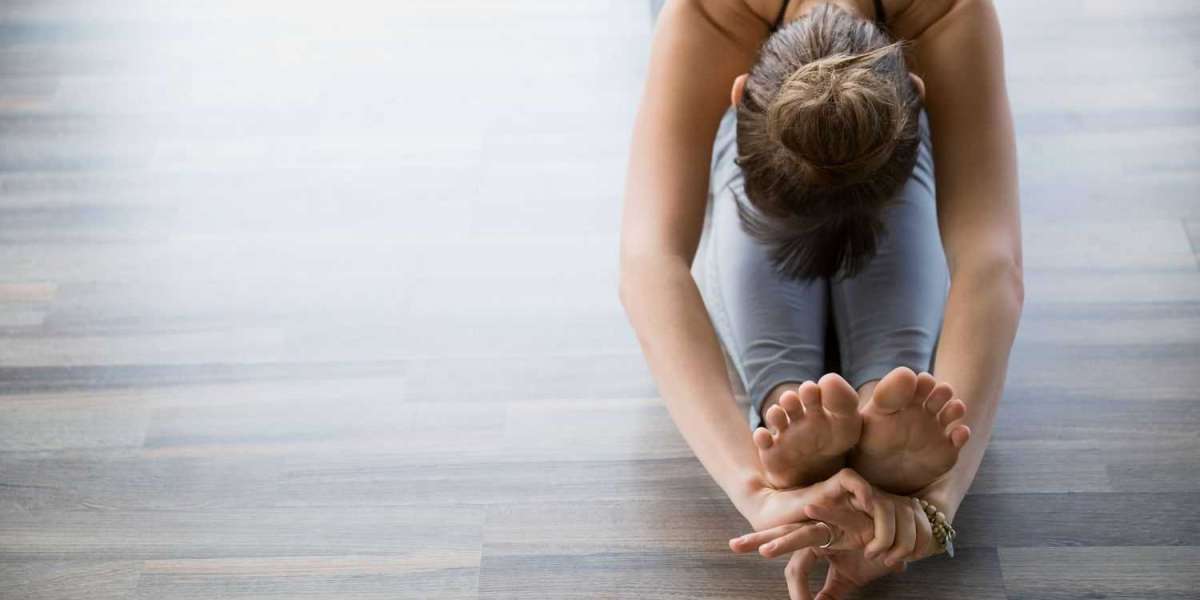Pullover Exercise
What is a Pullover?
The pullover is a unique exercise that works both the chest and back muscles at the same time. This can be confusing for some people who think it’s mainly for developing the chest. In reality, it’s a great way to train both opposing muscle groups (antagonists).
If you look at the movement closely, you’ll notice that the pullover is similar to pull-ups. Both exercises involve bringing the elbows toward the torso with increasing load. The main differences between them are how you can adjust the weight and the direction of the movement.
Choosing the Right Equipment
To perform a pullover, a dumbbell is the most common choice. However, using an EZ bar (a barbell with a zigzag shape) can be just as effective. The barbell can be more comfortable to hold because you don’t need to position your hands directly over one another.
It’s important to note that using two dumbbells or a machine to perform pullovers changes the movement and biomechanics and does not achieve the same effect.
Body Position:
The pullover should always be done across a bench (horizontally). Your shoulders should rest on the bench while your body remains active and mobile. Doing the pullover on an inclined bench or with your back on the bench can be dangerous and may strain your neck, especially when using heavy weights.
Pullover Technique
Starting Position:
Lie across the bench so your upper back is resting on it. Make sure your shoulders are touching the bench.
Bend your knees, and keep your hips slightly lower than your shoulders, almost touching the floor. Look straight up and relax your neck, ensuring it doesn’t touch the bench. Your back should have a natural arch, with your chest raised.
Ask a training partner to hand you a dumbbell or barbell, or place it near the bench at head level beforehand. You can use a weight plate as a support to avoid excessive stretching.
Hold the weight with your arms bent at the elbows, positioning it near your lower chest. Take a deep breath in and then out.
Main Movement:
Slowly lower the weight behind your head, trying to imagine placing it on the floor. Keep the angle of your elbows the same throughout the movement—around 90 degrees is ideal. The sharper the angle, the less effective the exercise will be.
Inhale slowly as you lower the weight, which will stretch your chest muscles. As you move your elbows away from your body, slightly lift your pelvis to give your upper body more flexibility.
Aim to move the weight under your head, not just away from your body. At the bottom of the movement, you should feel a strong tension in your back and chest muscles. This is the critical point of the exercise.
Make sure the weight doesn’t touch the floor. If necessary, bend your elbows a bit more to maintain control.
Reverse Movement:
Without pausing, bring the weight back to the starting position. Keep the angle in your elbows steady and almost straight. This is crucial, especially toward the end of the exercise. Your elbows should remain close to your body.
The return point is reached when your triceps touch your latissimus dorsi (the large muscles on your back) or are parallel to the floor. Your forearms should be perpendicular to the ground to reduce strain on your shoulders and triceps.
After a brief pause of about 3-4 seconds, start the next repetition using the same technique. Remember to keep your core tight and maintain tension throughout.
Keep your gaze upward to ensure a neutral neck position. When bringing the weight back, engage your back muscles.
Grip Types:
When using a dumbbell, hold it normally, with your palms facing each other. In the starting position, the handle should be parallel to your body, with both hands on it.
A narrow grip can make the last part of the movement harder, as bringing your hands away from your head becomes more challenging. Many people prefer using an EZ bar with a medium-width grip, slightly narrower than shoulder-width.
A barbell also allows you to lift heavier weights, making it a better choice for larger weights than using dumbbells, which can be cumbersome once they reach around 28 kg (about 62 lbs) or more.
Tips and Tricks
Avoid doing the exercise with straight arms, as this puts unnecessary stress on your shoulder joints and triceps. The goal is to focus on the back muscles by moving your arms away from your body and then back again.
The pullover is similar to squats in that it engages multiple muscle groups, promoting overall body strength.
Follow the guidelines mentioned earlier: use a barbell or dumbbell with both hands, watch your elbow position, and maintain control of your pelvis throughout the movement.
Summary
The pullover is an underrated exercise that effectively targets the back muscles. Its complexity often leads to confusion regarding which muscles it develops. If you want to build a wide, strong back, learning the correct technique for the pullover is essential. Start with lighter weights and gradually increase as you get more comfortable.
Over time, the pullover can even serve as a substitute for pull-ups. While the pullover does engage the chest muscles, its primary focus is not on building chest strength. Attempting to train your chest with a pullover is like trying to work your hamstrings while doing calf raises—it's not effective.








